Winter training - Whats' your plan? Is it perodised?
As we draw closer to winter now we need to start thinking about what our training plan is going to be. For a lot of endurance athletes there aren’t too many competitions to choose from through winter, especially with the uncertainty around current events going ahead with Covid-19, so what are you going to do with all this time?
From a coaching perspective it is a really good time to go back to the drawing board and review how training and competition have gone this year. Have you achieved your goals? How has your general health been? Have you picked up any injuries? What do you want to improve going forward? What have you enjoyed doing? These are all important questions as you look to plan the next year of training; too often people cruise through week by week doing what they’ve always done but still hoping to improve their time from last year or step up the distance. How do you make the most of now?
Consistency
Continuing to do the same workouts or use the same plans has a benefit as consistency is the single biggest factor in remaining fit and healthy. You will improve to a point and build habit and resilience for the body to that exercise but there is a definite ceiling to what you can achieve. Being consistent has major benefits on general health by being active but not stressing the body to a point of creating injury or fatigue. If that is your goal then that is perfectly acceptable to stick to your routine.
Where we can come unstuck with this habitual training is that when you train at a certain intensity or duration our body adapts to be able to cope and gets stronger. If we keep training the same level this becomes a relatively lower stress on the body so it then de-conditions as it doesn’t need to be as strong. Your body will end up repeating this cycle and never progress past this point.
Periodised Planning
No matter what the goal is that you are targeting your exercise should always have a what and a why in every session. What are you going to do and why are you doing it? Every workout should have a purpose that gets you closer to achieving your goal. Whether you are trying to lose weight or tone up for that holiday next summer or a wedding in 6 months or compete in a race 3- 4 months from now, you will need a good plan for all your training working up to the time you want to have achieved your goal by.
This is what periodised training is, breaking up the total time of training into smaller blocks with each block having its own purpose and target. We use training blocks within training blocks to focus our exercise so that we develop well rounded clients that can cope with a variety of training stress to keep maximising the adaptation and progression of the body. Depending on our individual level of current fitness and the specifics of the end goal will determine how this plan is built. Each workout needs to have physical demands attaining to the goal but a bigger part o that is how we make that achievable for you week after week. Outside of working with professional athletes (who have little to no restriction on training time) the majority of us who work daily jobs, juggle family commitments have other stressors in our life that will impact our ability to train significantly. The art of planning your training comes from working with the limitations already established to create a program that achieves the physical and physiological needs to make steps towards your goal, without over-reaching and running you into the ground.
Training templates set to certain goals can be found easily online and they will get you where you want to be if you can stick to it. The problem comes when you cannot keep up with the plan or you sick or have an injury, how do you deal with that? You might still be able to reach your target but have to alter the routine or it might be a case the safest and most realistic option is to change the goal as the mental fallout from trying to reach an unattainable goal can be debilitating. Templates are a starting point but for most you still need guidance and support within that to be successful. This is when getting in contact with a coach or trainer is invaluable as they have the skills to help keep you on track and prepared for what is coming ahead. Often, they know the type of obstacles you will encounter and have had to navigate through them before so they are prepared for it on your behalf.
In this season, at this time keep up your consistency and routine of exercise but put some thought into where you want to go next. Seek out advice on whether that is firstly, realistic then secondly, find the right support to help you along the way and guide your training process.
